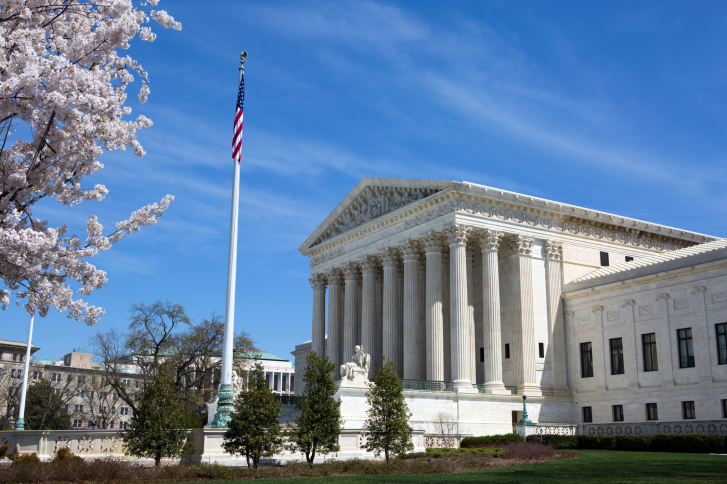A team of scientists counted 3,807 manatees in Florida—500 more than the previous record—during this year’s annual count.
The aerial survey has been providing a rough count of the population since 1991. Manatees are sensitive to cold water and can die if they are exposed to cold temperatures for long periods of time. As a result, they gather in the winter in the warm waters around power plants and natural springs, presenting ideal counting conditions.
The January 19 counting date coincided with unusually cold temperatures, even for January, which likely contributed to scientists’ ability to count so many manatees.
The last time the annual counting date coincided with such cold temperatures was in 2001, which was the previous record year for counted manatees. Comparing the 2001 and 2009 manatee counts, gathered during similar weather conditions, suggests the manatee population is growing at a healthy pace.
Obstacles to Accuracy
The Save the Manatee Club and other environmental activist groups were quick to downplay the record count, noting the cold weather meant a bigger share of the manatee population could be counted this year.
Save the Manatee Club Executive Director Pat Rose, for example, says the January 19 count is only a snapshot view of manatee populations and takes attention away from earlier speculation of possibly declining manatee numbers in the Everglades and Southwest Florida. Those manatee populations are difficult to estimate accurately because murky waters in the region make aerial counts difficult.
Manatee populations in other parts of the state appear to be increasing, however. The Fish and Wildlife Research Institute in St. Petersburg, Florida concurred with the January 19 aerial survey’s findings, saying their population models show the manatee population is increasing in northwest Florida, along the Atlantic Coast, and on the upper St. John’s River.
Endangered Status Questioned
After the record high count in 2001, Coastal Conservation Association Executive Director Ted Forsgren petitioned the state wildlife commission to review the manatee’s legal protection status. According to Forsgren, the state’s criteria mandated reclassifying the manatee as “threatened” rather than “endangered.”
Instead of addressing the manatee’s status, however, the wildlife commission ordered a review of the entire imperiled listing process.
Forsgren observes manatee recovery goals seem to be a moving target.
“We are looking for reasonable access for recreational anglers to fish,” Forsgren said. “There have been roughly a quarter-million acres of manatee speed zones established in the state of Florida alone. We think that’s going overboard.”
Benefiting from Power Plants
Forsgren noted Florida is the northernmost boundary for the cold-sensitive manatees.
“Manatees only started proliferating in Florida waters when our power plants started providing a safe winter haven for them,” said Forsgren. “Prior to this there were never thousands of manatees in Florida waters.
“The combination of twentieth century power plant construction and state and federal manatee protections have contributed to the steady increase in manatee numbers in Florida waters that are not necessarily well-suited to a natural proliferation of manatees,” Forsgren said.
Penny Rodriguez ([email protected]) writes from Parrish, Florida.



